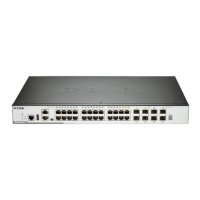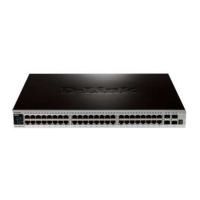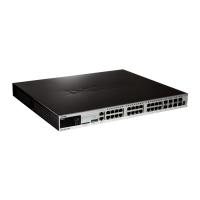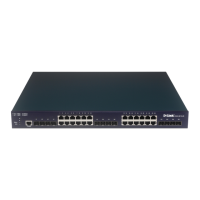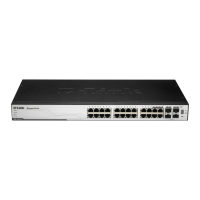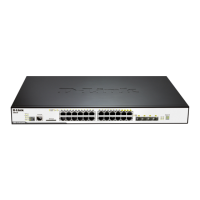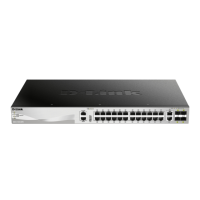DGS-3630 Series Layer 3 Stackable Managed Switch Web UI Reference Guide
526
• Key Exchange: The first part of the Cipher suite string specifies the public key algorithm to be used. This
Switch utilizes the Rivest Shamir Adleman (RSA) public key algorithm and the Digital Signature Algorithm
(DSA), specified here as the DHE DSS Diffie-Hellman (DHE) public key algorithm. This is the first authentication
process between client and host as they “exchange keys” in looking for a match and therefore authentication to
be accepted to negotiate encryptions on the following level.
• Encryption: The second part of the cipher suite that includes the encryption used for encrypting the messages
sent between client and host. The Switch supports two types of cryptology algorithms:
Stream Ciphers - There are two types of stream ciphers on the Switch, RC4 with 40-bit keys and RC4
with 128-bit keys. These keys are used to encrypt messages and need to be consistent between client
and host for optimal use.
CBC Block Ciphers - CBC refers to Cipher Block Chaining, which means that a portion of the previously
encrypted block of encrypted text is used in the encryption of the current block. The Switch supports the
3DES EDE encryption code defined by the Data Encryption Standard (DES) to create the encrypted text.
• Hash Algorithm: This part of the cipher suite allows the user to choose a message digest function which will
determine a Message Authentication Code. This Message Authentication Code will be encrypted with a sent
message to provide integrity and prevent against replay attacks. The Switch supports two hash algorithms,
MD5 (Message Digest 5) and SHA (Secure Hash Algorithm).
These three parameters are uniquely assembled in four choices on the Switch to create a three-layered encryption
code for secure communication between the server and the host. The user may implement any one or combination of
the cipher suites available, yet different cipher suites will affect the security level and the performance of the secured
connection. The information included in the cipher suites is not included with the Switch and requires downloading
from a third source in a file form called a certificate. This function of the Switch cannot be executed without the
presence and implementation of the certificate file and can be downloaded to the Switch by utilizing a TFTP server.
The Switch supports TLS 1.0 and TLS 1.1. Other versions of SSL may not be compatible with this Switch and may
cause problems upon authentication and transfer of messages from client to host.
When the SSL function has been enabled, the web will become disabled. To manage the Switch through the web
based management while utilizing the SSL function, the web browser must support SSL encryption and the header of
the URL must begin with https://. (Ex. https://xx.xx.xx.xx) Any other method will result in an error and no access can
be authorized for the web-based management.
Users can download a certificate file for the SSL function on the Switch from a TFTP server. The certificate file is a
data record used for authenticating devices on the network. It contains information on the owner, keys for
authentication and digital signatures. Both the server and the client must have consistent certificate files for optimal
use of the SSL function. The Switch supports TLS 1.0 and TLS 1.1. Currently, the Switch comes with a certificate pre-
loaded though the user may need to download more, depending on user circumstances.
SSL Global Settings
This window is used to display and configure the global SSL settings.
To view the following window, click Security > SSL > SSL Global Settings, as shown below:
Figure 9-94 SSL Global Settings Window
The fields that can be configured in SSL Global Settings are described below:
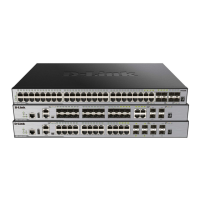
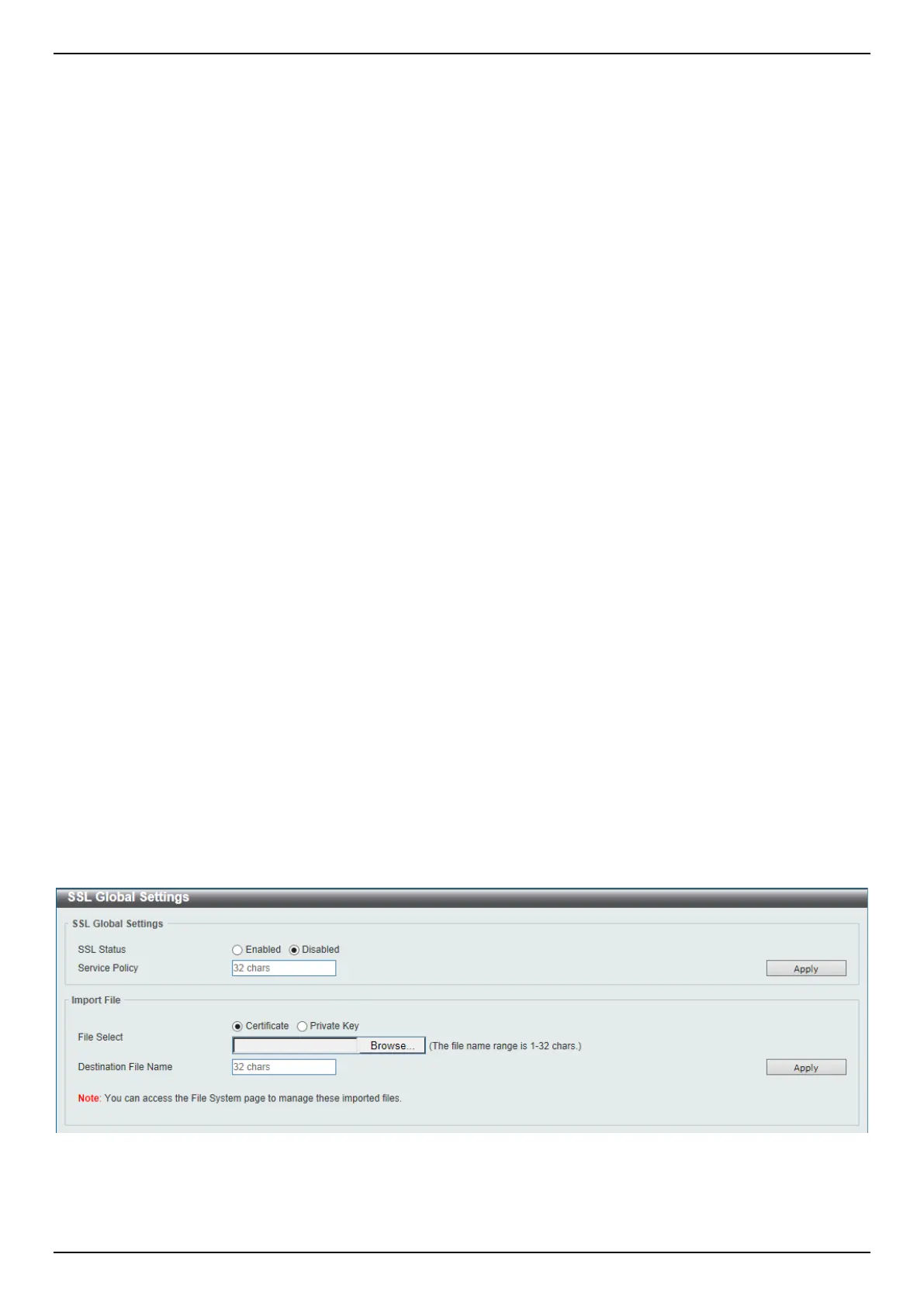